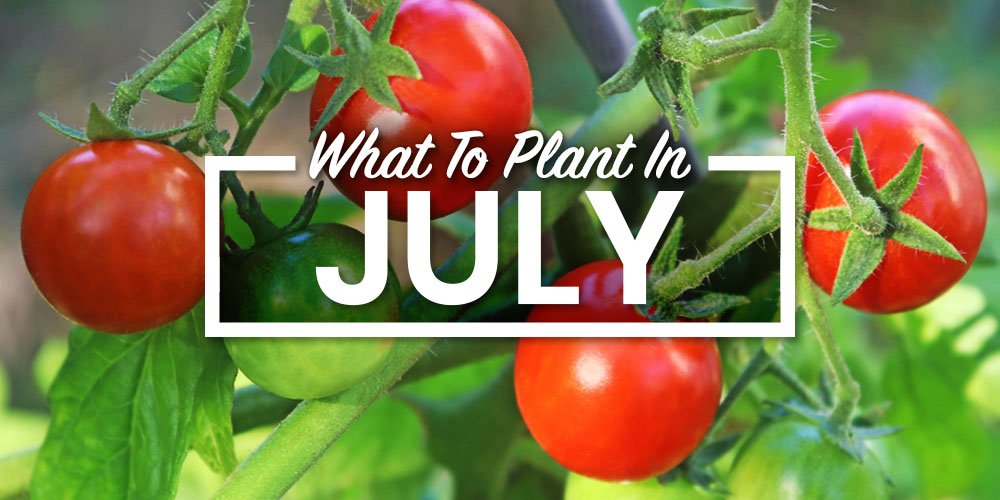
NAVIGATION
For many people, July marks the very heart of summer, so figuring out what to plant in July can be tough. The days are hot and long, and temperatures often reach their annual peak.Growing vegetables in July is unique in that you’ll have to contend with the approaching change in seasons in addition to the harsh summer sun. The days will start to get shorter, and, depending on where you live, there’s the threat of plummeting temperatures. Here in the Carolinas, some plants slow down in the heat of the summer, and others thrive and take off like weeds.
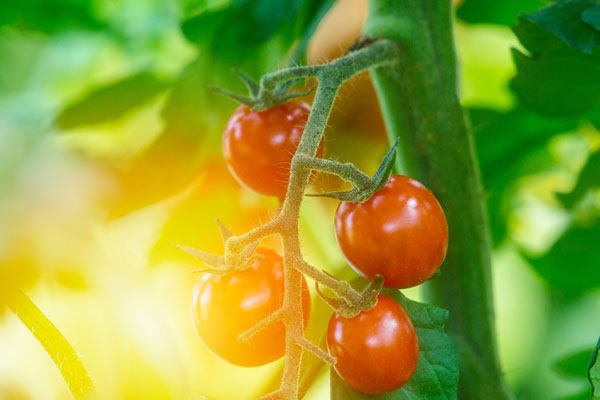

Hi, I’m Ryan
It took some trial and error before I figured out what to plant in July in my gardens. I knew heat-loving vegetables like tomatoes and zucchinis thrived under the summer sun, but I wanted to find out what else I could grow. Looking beyond the usual summer favorites led me to a diverse range of crops that flourish in July.

How Do You Decide What To Plant In July?

When deciding what to plant in July, you should keep a couple of things in mind. First, you’ll want to consider the weather. Across the U.S., July is consistently hot and sunny — which can put a lot of strain on seedlings.
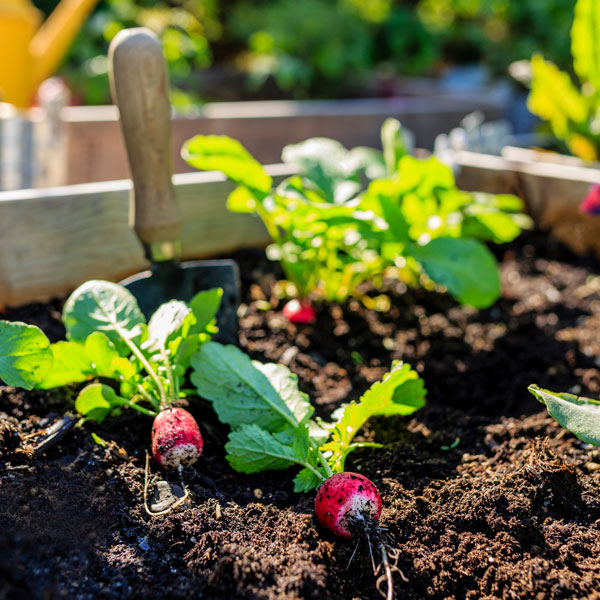 Even if your plants are heat tolerant, some may reach maturity much later in the season. Longer growth times expose the vegetables to shortened days and the increasing threat of frost.
Even if your plants are heat tolerant, some may reach maturity much later in the season. Longer growth times expose the vegetables to shortened days and the increasing threat of frost.
To combat this, you’ll want to stick with plants that grow fast or can tolerate a bit of frost as they mature. Here in the Carolinas, I usually grow a mix of vegetables ranging from okra, corn, beans, and eggplants to radishes, broccoli, and parsnips.
Some come on early before the heat, and others don’t mind hot temps.My motto is to garden smarter, not harder, so I spent time researching which varieties tolerate warm weather better than others.
Taking the time out to choose the right vegetables for my garden has made a world of difference. I share some of those recommendations below along with a suggested planting date.
| Vegetables | Planting Date | How To Sow |
|---|---|---|
| Beans | July 1 | Direct Sow |
| Tomatoes | July 1 | Seedling |
| Squash | July 1 | Seedling |
| Corn | July 1 | Direct Sow |
| Cucumbers | July 1 | Seedling |
| Zucchini | July 1 | Seedling |
| Okra | July 1 | Direct Sow |
| Parsnips | July 1 | Direct Sow |
| Melons | July 1 | Seedling |
| Peas | July 15 | Direct Sow |
| Eggplant | July 15 | Seedling |
| Pumpkin | July 15 | Direct Sow |
| Soybeans | July 15 | Direct Sow |
| Brussel Sprouts | July 15 | Direct Sow |
| Spinach | July 31 | Direct Sow |
| Carrots | July 31 | Direct Sow |
| Radish | July 31 | Direct Sow |
| Beets | July 31 | Direct Sow |
| Broccoli | July 31 | Direct Sow |
| Kale | July 31 | Direct Sow |
| Swiss Chard | July 31 | Direct Sow |
Starting Seeds: What Can I Plant in July?

Although vegetable crops like lettuce, cabbage, and broccoli grow best in cooler weather, the warm July sun can actually help speed up germination. I suggest planting those in a well-shaded area where they can benefit from warmth without the harshness of the full summer sun.
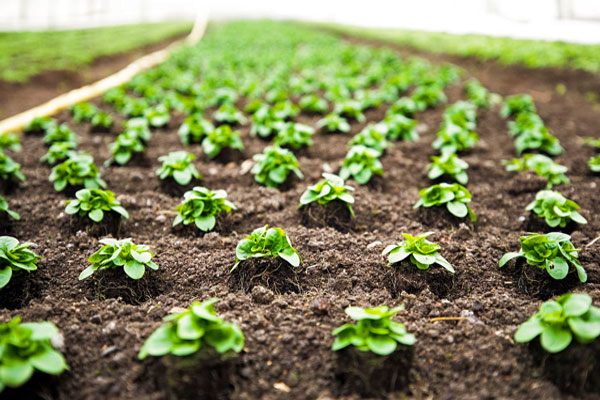
So far, the seeds I’ve suggested do well in warm soil, but that isn’t the case for every potential July crop. For extremely heat-sensitive seeds, I’d suggest that you start them indoors — preferably in a greenhouse, although a windowsill or growing rack will suffice.
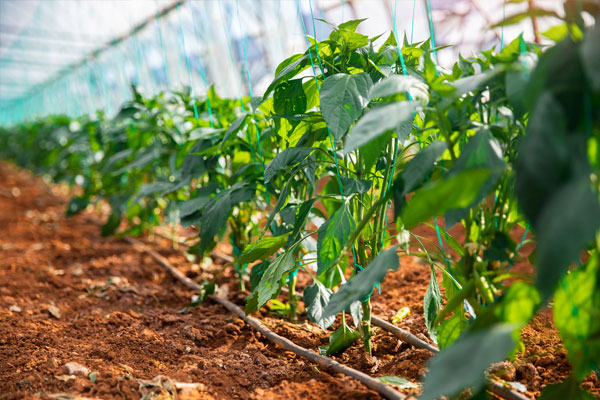 For the best results, use a dedicated seed starting mix or high-quality potting soil and make sure that your seed trays have adequate drainage. Plant the seeds using the soil depths recommended on the back of the seed packets, and water them once a day (or once every other day) so the soil stays consistently moist.
For the best results, use a dedicated seed starting mix or high-quality potting soil and make sure that your seed trays have adequate drainage. Plant the seeds using the soil depths recommended on the back of the seed packets, and water them once a day (or once every other day) so the soil stays consistently moist.
It’s important to note that seedlings need more light than full-grown plants, so they tend to do best when placed under grow lights. But if your homestead is off the grid, your seedlings should do just fine in a sunny spot. Now, the only thing left to do is monitor your seedlings until the weather has cooled enough for you to move them outdoors.
How Do I Prepare the Soil For July Planting?

Once you’ve decided what you want to grow, you’ll need to focus your attention on preparing the soil. Work a generous amount of aged manure, compost, and/or peat moss into the spent soil if you’ve used the plot earlier in the season. That’ll help replenish missing nutrients, which is essential if you’ve just finished growing heavy feeders.
These soil additives will also go a long way toward promoting water retention and will lessen the amount of watering you’ll have to do as temperatures soar. After your seeds have sprouted and your seedlings have had time to establish, spread a thin, even layer of mulch on top of the soil. The mulch will help prevent water loss and give the vulnerable seedlings some extra protection against the summer sun.
Other Things To Plant In July

Veggies are great for filling up your plate and stocking your pantry, but they’re far from the only thing you can plant in July. July is also an excellent time to plant fast-growing or cold hardy herbs like basil, parsley, rosemary, chives, sage, thyme, and oregano. While you won’t have as many months to harvest the herbs, they make an excellent addition to a dehydrated food stockpile or chicken feed additive.
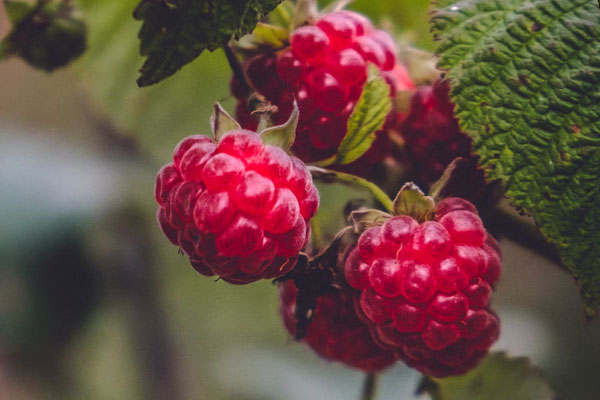 If you’re pressed, you can also plant fruit trees and shrubs in July, but I usually recommend waiting until the fall or spring. Summer is extremely stressful for freshly planted trees and shrubs, as they’ll have to contend with the harsh sun and heat before their roots have had time to establish themselves.
If you’re pressed, you can also plant fruit trees and shrubs in July, but I usually recommend waiting until the fall or spring. Summer is extremely stressful for freshly planted trees and shrubs, as they’ll have to contend with the harsh sun and heat before their roots have had time to establish themselves.
But if you feel like your homestead garden just won’t be complete without some fresh fruits, opt for crops that mature quickly. Some of my favorite fruits to plant in July include melons, kiwis, raspberries, and blackberries. (Wondering what to do with all those late summer fruits? Try dehydrating them for a versatile and delicious snack.)
What Fall Vegetables Can You Plant In July
I’m happy to say that you can start most fall vegetables in July. That includes brassicas (which encompass everything from broccoli and kale to cauliflower and Brussels sprouts), winter squash, beets, carrots, potatoes, and salad greens.
A friend of mine asked specifically whether or not you can plant lettuce in July, and the short answer is that it depends on the variety. Heat-tolerant varieties, such as Summertime, Black Seeded Simpson, and Ermosa, do exceptionally well when started either indoors or outdoors. But for non-heat-tolerant varieties like Little Gem, Iceberg, and Butterhead, you’ll probably want to wait until things cool down a bit more.
What Vegetables Can You Plant In July That Tolerate Heat?
July is typically the hottest month of the year, but you might be surprised to hear that many vegetables can withstand the heat.
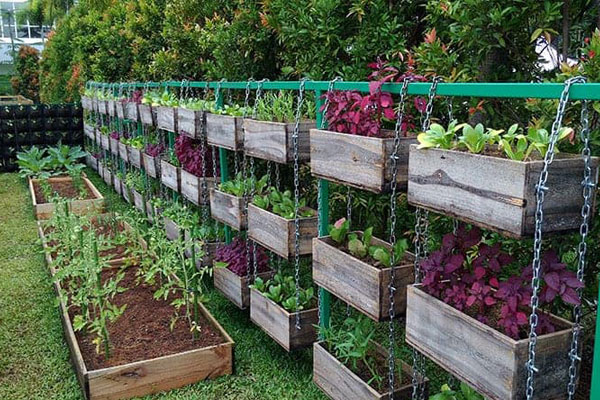 While veggies that are extremely slow-growing or heat-sensitive (mostly cool-weather crops like artichokes, cabbage, and leeks) don’t typically do well in July, there are a few measures you can take to encourage healthy growth. These may include a thick layer of mulch to help keep soil temperatures low or covering delicate seedlings with shade cloth.
While veggies that are extremely slow-growing or heat-sensitive (mostly cool-weather crops like artichokes, cabbage, and leeks) don’t typically do well in July, there are a few measures you can take to encourage healthy growth. These may include a thick layer of mulch to help keep soil temperatures low or covering delicate seedlings with shade cloth.
My favorite method is to plant heat-sensitive crops under the shade of larger plants, which is better known as interplanting or intercropping. In addition to getting the same soil-cooling effect as mulch and shade cloth, intercropping enhances soil quality, maximizes space (which is essential if you don’t have a lot of room to work with), and can attract beneficial insects while simultaneously repelling pests.
Tips For Vegetables To Plant In July

There are a few more tips that I haven’t covered yet but are important to keep in mind when planting vegetables in July. These insights can make a significant difference and will help you get the most out of your garden during the midsummer months.
Get the most out of your July garden with these tips
- Check your growing zone Your local growing zone is one of the most important things to figure out before you start planting. Each growing zone has a unique set of temperature ranges, and understanding your zone will help ensure that you select the right veggies for your area. Depending on which zone you’re located in, you may need to focus on heat-tolerant or frost-resistant varieties.
- Determine your local frost date The frost date marks the most likely day that the weather will reach freezing temperatures (29 degrees to 32 degrees Fahrenheit). While most of your summer vegetables will be long harvested by the first frost, some slower-growing veggies will just reach maturity. Knowing your frost date ahead of time will help you ensure that anything you plan on harvesting later in the year will be able to survive the freezing temps. It’ll also give you insight on when to transplant any seedlings that you’ve started indoors.
- Pay closer attention to hydration needs One thing you never want to do when planting in July is to underestimate just how much water your plants will need. You’ll have to water your veggies often, preferably in the morning so the water doesn’t evaporate before it fully penetrates the soil.
It’s actually quite the opposite! July is the perfect time to squeeze in one last crop of summer vegetables. And don’t get me wrong — the ample heat and sunshine may be a little challenging to deal with at times, but once you get the hang of working your garden and have decided what to plant in July.
I’m sure that you’ll find the extra care more than worth it.
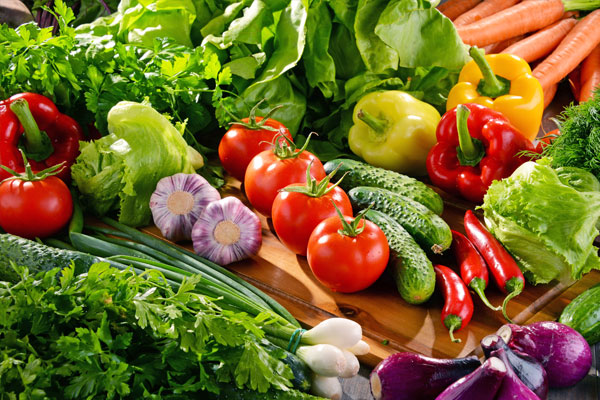
Your Turn!
- How do you manage the summer heat in your garden?
- Have you ever practiced intercropping before? How did it go?



Leave a Reply